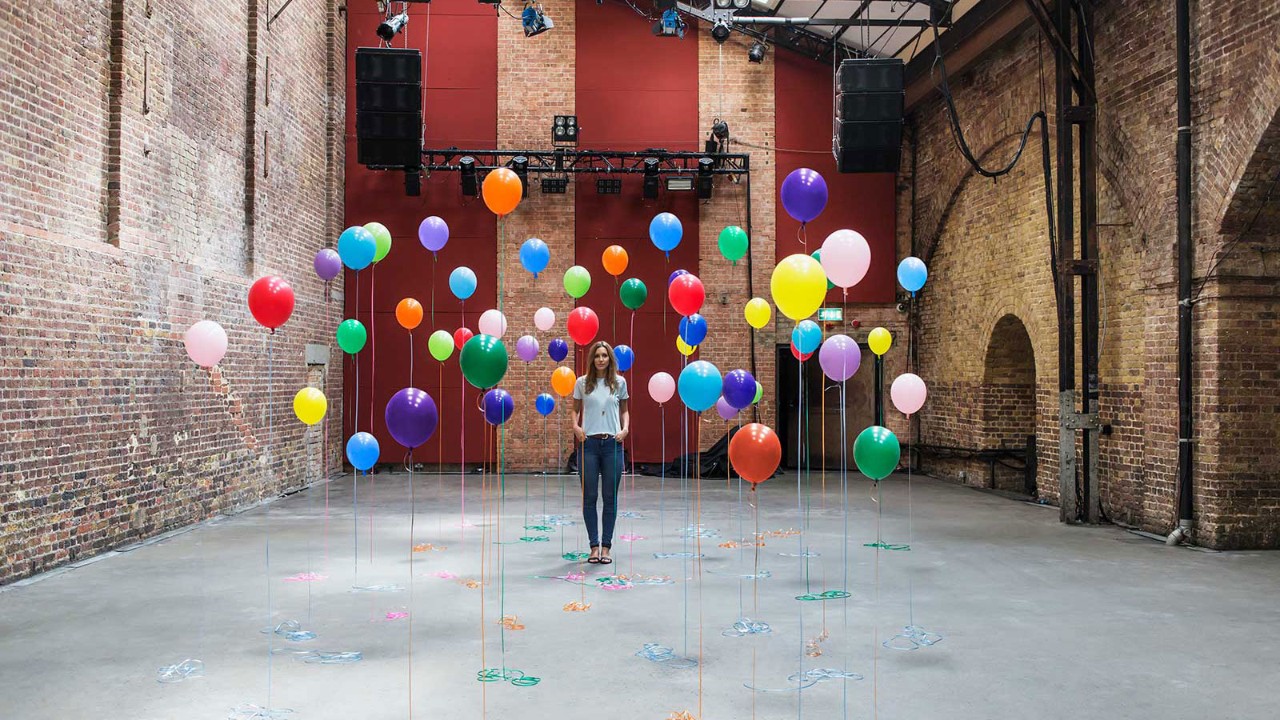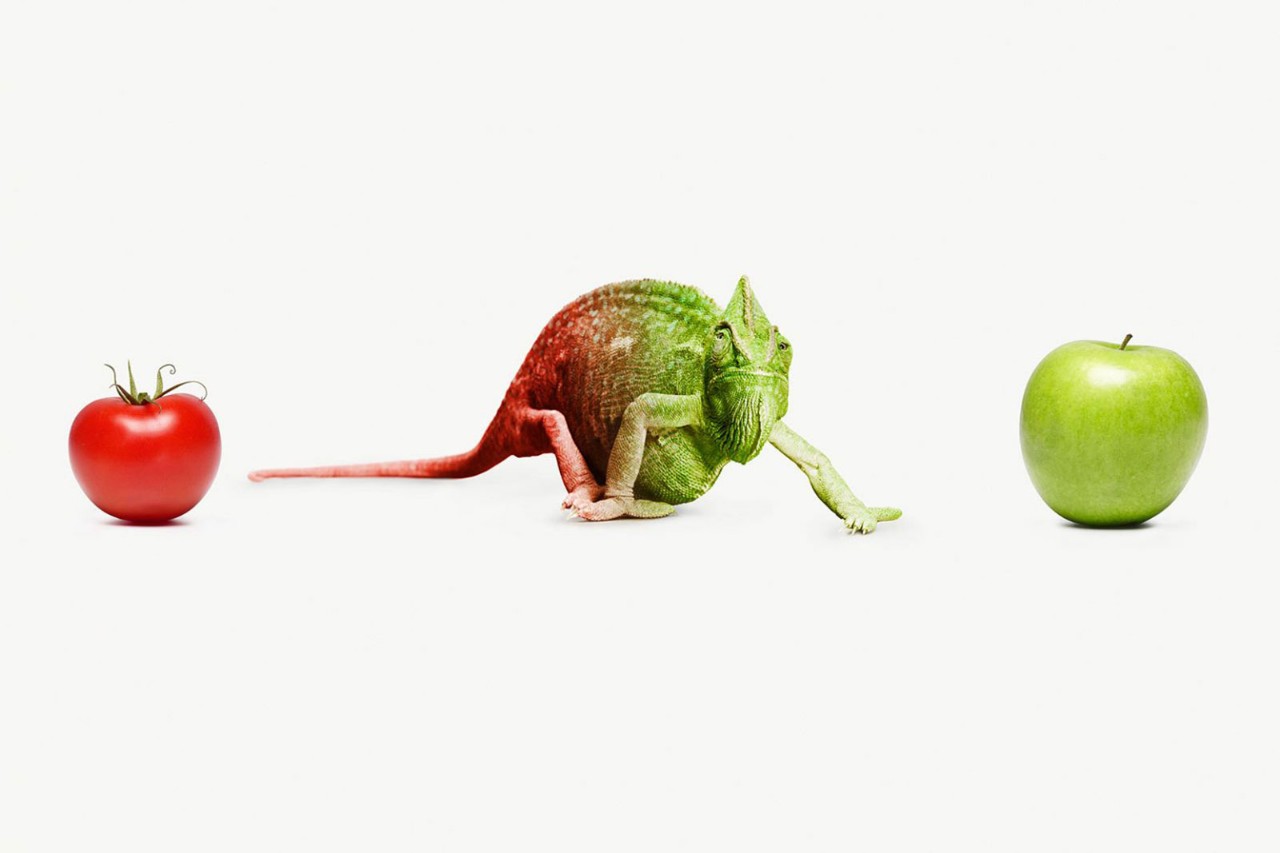
Leaders often speak of the importance of creativity. However, misunderstandings about the concept can lead professionals to believe that creativity has little or no relevance for their work.
Experts distinguish between many types of creativity, but researchers James Kaufman at the University of Connecticut and Ronald Beghetto at the University of Oregon have observed that most laypersons think only of two broad categories.
Creativity is about solving problems in ways that are not mere continuations of what worked in the past
Many people think of creativity as requiring genius-level originality, which in technical terminology has been dubbed ‘Big-C creativity’. However, people less commonly recognise that creative thinking can also produce small, everyday insights, which have been called ‘mini-c creativity’.
For most people, Big-C creativity brings to mind creative or especially artistic works that change an entire field or have a long-lasting impact. However, mini-c creativity often involves ideas, insights, innovations or mental connections that are new only to the person who thought of them.
Think small
When professionals bring to mind Big-C creativity, they often dismiss its relevance to their work. However, they usually recognise that mini-c creativity has an important role. From an organisation’s perspective, inspiring a greater number of mini-c insights is more likely to generate Big-C innovations.
Creativity – whether Big-C or mini-c – is essentially about solving problems in ways that are not mere continuations of what worked in the past. For example, consider that you have 10 client projects to complete this week and you work 40 hours. If you are then required to do two more projects next week, how would you tackle them? Clearly, you could work 20% more hours. But if your workload then increases to 16, 20 or 30 projects, then simply increasing the hours you work is unsustainable.
Novel solutions
Instead, creativity is about identifying novel solutions. These might involve devising a more efficient process, introducing new technology, delegating to a junior colleague, changing your agreement with clients, outsourcing work, learning new ways of working, etc. Accordingly, creativity matters to anyone wishing to achieve either better results or the same results with less effort or cost.
Creativity may inspire some individuals to find novel ways to circumvent rules
Creativity likely benefits firm performance. A notable study led by Laurence Weinzimmer of Bradley University found that employees’ ratings of their organisations’ creativity were linked to business results as measured by both revenue growth and profit growth.
However, there is also a small, positive relationship between organisational creativity and unethical behaviour. Just as creativity enables people to find new solutions to difficult problems, it may inspire some individuals to find novel ways to circumvent rules, too. Accordingly, leaders must be careful to promote creativity while emphasising the importance of staying within ethical bounds.
Leader influence
At least a dozen separate studies have looked at organisational factors leading to creativity at work. Using a statistical technique known as meta-analysis, academics have found that the correlation between supportive leadership behaviour and innovation is 0.38. Unsurprisingly, leaders who actively encourage creativity and allow side projects tend to innovate more new products and services. In contrast, leaders who prioritise short-term results or the avoidance of mistakes tend to inhibit innovation.
Leaders keen to boost innovation must provide cash rather than congratulatory words
Crucially, though, supportive leadership behaviour is rated by employees and not by leaders themselves. I have seen leaders delude themselves that they are supportive of creativity; only employees’ judgments about leaders predict innovative performance within organisations.
Reward innovation
The correlation between contingent reward and innovation is also high at 0.30. Organisations that provide financial rewards for successfully delivering new products and services tend to achieve more innovative results. In contrast, the provision of social rewards such as honours and awards typically does not improve creativity. Leaders keen to boost innovation must provide cash rather than congratulatory words and commendations.
People’s potential for creativity is not fixed. Evidence confirms that individuals can develop their own creativity through effort and by using psychological methods. In one investigation, experimental participants were asked to create a new product for end users. Participants instructed to imagine how end users might feel about any eventual product generated more creative ideas than other participants asked to consider how end users might think about any new product.
People’s emotions also strongly influence creativity. Negative emotions such as anger and anxiety typically reduce creative performance as measured by problem solving tests with right and wrong answers. However, people taught to manage and alleviate their negative emotions tend to score significantly higher on the same tests.
More information
Watch our video with Dr Rob Yeung on being proactive and effectively proposing an idea to colleagues.
Visit ACCA’s wellbeing hub for advice and resources to support your mental health at work.



